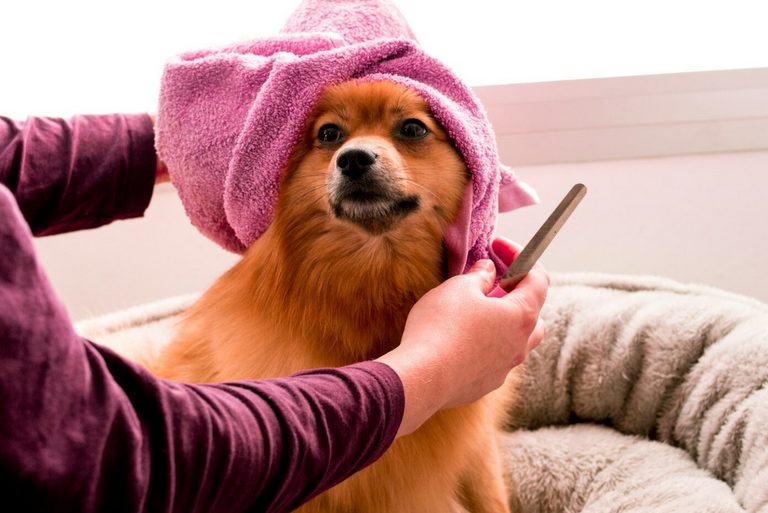Dog mange is a common but often misunderstood condition that can affect our furry friends. If you’re a pet owner, understanding dog mange is crucial for keeping your dog healthy and happy. This comprehensive guide will cover everything you need to know about dog mange, from its causes and symptoms to treatment and prevention.
What is Dog Mange?
Dog mange is a skin condition caused by tiny mites that infest the skin and hair follicles of dogs. These mites can cause intense itching, hair loss, and skin infections. There are two primary types of mange in dogs: sarcoptic mange and demodectic mange.
Types of Dog Mange
- Sarcoptic Mange (Scabies):
- Caused by the Sarcoptes scabiei mite.
- Highly contagious and can spread to other animals and humans.
- Symptoms include intense itching, redness, and hair loss, particularly on the ears, elbows, and belly.
- Demodectic Mange (Demodicosis):
- Caused by the Demodex canis mite.
- Not contagious and often affects puppies and dogs with weakened immune systems.
- Symptoms include hair loss, scaly skin, and in severe cases, secondary bacterial infections.
Causes of Dog Mange
Mange mites are typically spread through direct contact with an infested animal or a contaminated environment. For sarcoptic mange, your dog might catch it from another infested dog or from environments like kennels or grooming salons. Demodectic mange, on the other hand, is usually inherited and affects dogs with compromised immune systems.
Symptoms

Identifying mange early can help in managing the condition effectively. Common symptoms include:
- Intense itching and scratching
- Redness and inflammation
- Hair loss in patches
- Scaly or crusty skin
- Sores and lesions
- Thickened skin in severe cases
If you notice any of these symptoms in your dog, it’s essential to consult your veterinarian for a proper diagnosis and treatment plan.
Diagnosing
Your veterinarian will perform a physical examination and may conduct skin scrapings or biopsies to identify the presence of mange mites. Diagnosing the type of mange is crucial for determining the appropriate treatment.
Treatment

Related Dog Mange: Demodectic Mange Relief for mange in dogs
Treating dog mange involves eliminating the mites and addressing any secondary infections. Here are common treatment options:
- Medicated Shampoos and Dips:
- These can help kill the mites on the skin’s surface.
- Oral Medications:
- Ivermectin and milbemycin are commonly prescribed to treat mange.
- Topical Treatments:
- Selamectin and moxidectin can be applied to the skin to kill mites.
- Antibiotics:
- These may be necessary if secondary bacterial infections are present.
- Supportive Care:
- Keeping your dog’s environment clean and providing good nutrition to support their immune system.
Preventing
Prevention is always better than cure. Here are some tips to prevent dog mange:
- Regularly clean your dog’s bedding and living areas.
- Avoid contact with infested animals.
- Maintain your dog’s overall health with a balanced diet and regular vet check-ups.
- Use preventive treatments like flea and tick preventives that also work against mites.
Home Remedies for Dog Mange
While it’s crucial to follow your vet’s advice for treating mange, some home remedies can provide additional relief:
- Apple Cider Vinegar:
- Dilute with water and apply to affected areas to help soothe the skin.
- Olive Oil:
- Apply to crusty patches to soften the skin.
- Honey:
- Known for its antibacterial properties, honey can be applied to sores to promote healing.
Always consult your vet before trying home remedies to ensure they are safe and suitable for your dog’s condition.
Conclusion
Understanding dog mange is essential for every pet owner. By recognizing the symptoms early and seeking appropriate treatment, you can help your dog recover quickly and prevent future infestations. Regular vet check-ups, good hygiene, and a healthy lifestyle are key to keeping your furry friend mange-free and happy. If you suspect your dog has mange, don’t hesitate to contact your veterinarian for advice and treatment.




